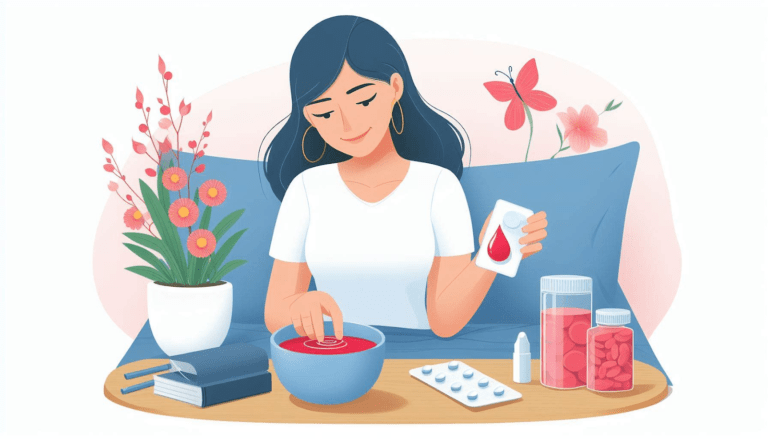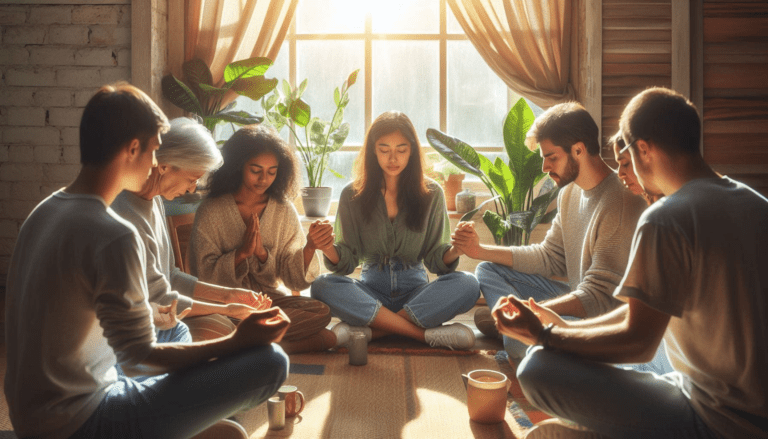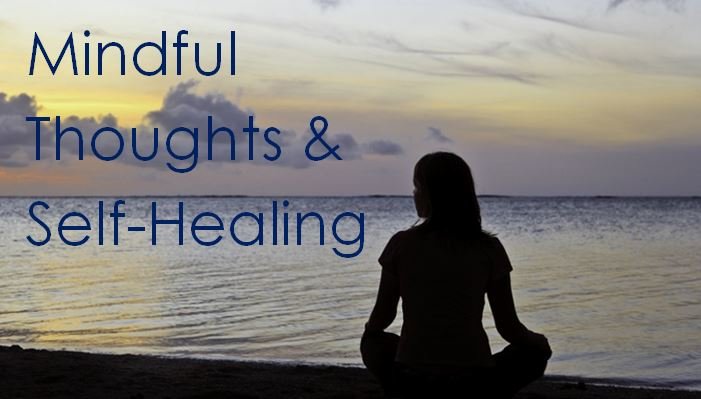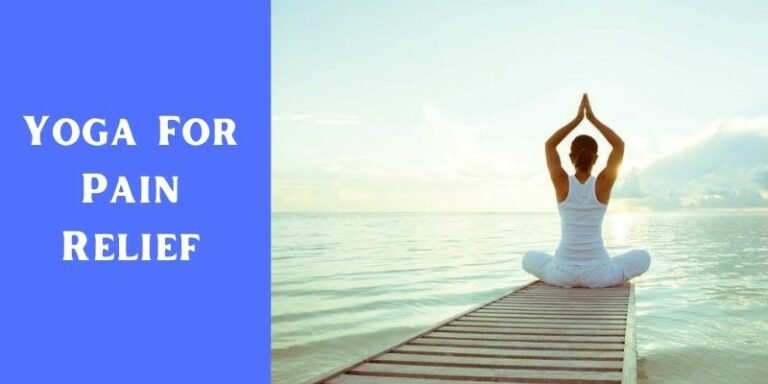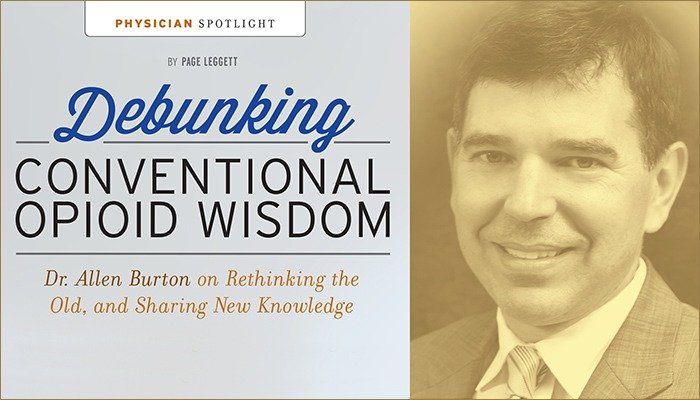Sleep + Pain
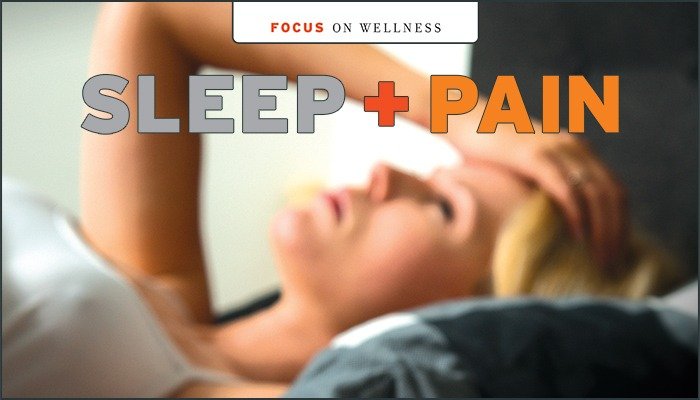
A pain soother is anything that you can do that reduces your pain somewhat. The key is realizing that although being pain free would be great, pain reduction is a worthy goal that will help you feel more comfortable. Heat, cold, stretching and a hot bath can all be soothers—and so can improving your sleep environment.
Sleep Environment
For most people, the proper sleep environment is a room that is comfortable, clean, uncluttered, and has a moderate temperature. It should feel like a haven. Don’t work or watch television in bed or in your bedroom, and use your computer in another room. Your bed should be used only for sleep and sex. Over the next week, take five minutes a day to evaluate your room and implement changes to make it relaxing and comfortable. This need not cost any money.
Sleep Habits
Sleep experts often make a similar set of recommendations regarding sleep habits. Go to bed and get up at the same time each day—yes, that means weekends and vacations too. This helps your brain to maintain a regular sleep cycle.
Anxiety + Physical Arousal
AVOID CAFFEINE AFTER ABOUT 2 PM
If you haven’t been able to quit smoking, try not to smoke at night. Know this when you light up: Your smoking keeps you up!
EXERCISE IS GREAT, BUT DON’T DO IT AT NIGHT.
Try not to lie in bed tossing and turning. If you have not fallen asleep after20 to 30 minutes, get up and do something for a short time, then try again.
DON’T USE ALCOHOL TO HELP YOU SLEEP.
It may help a bit at first, but it will lead to disrupted, non-refreshing sleep—and over time you will need more and more.
Relaxation + Meditation
If you still feel anxious even though you have eliminated caffeine or other stimulants, consider making relaxation or meditation a regular part of your routine. It doesn’t have to be a 30-minute session. Even 5 to 10 minutes can help, to start.
Insomnia
People with insomnia often get caught up in their thoughts. As bedtime approaches, do you start worrying about whether you will be able to sleep? When you can’t sleep, do you watch the clock and think about how little sleep you are getting, wondering how you can get through the next day? These are natural responses to sleeplessness, but they increase your anxiety and make your insomnia worse.
Take control of your thoughts so that you are not making yourself feel more anxious. It may be helpful to track your thoughts for a few days, looking for thoughts that only make you anxious. You can learn to think about your insomnia in a way that is realistic, hopeful, reassuring and problem-focused. Ask yourself the following questions:
* What is the evidence this thought is true?
* What is the evidence this thought is NOT true?
* Does believing this thought offer hope or promise for the future?
* What are some other ways I can look at my situation? What are some more realistic, hopeful and reassuring replacement thoughts?
* What positive, constructive action can I take?
* What sincere, helpful advice would I give to a friend who was having the same anxious thoughts?
Using these strategies can help you to sleep better and be in more control of your pain. {PP}
About the Author. Dr. Linda Ruehlman is a social/health psychologist and researcher, co-founder of Goalistics, and director of the Chronic Pain Management Program, an interactive site that helps people with chronic pain to manage their pain and live richer, more effective lives as well as Think Clearly about Depression, a self-management program for depression.
DISCLAIMER: This blog is provided as an educational and informational resource only. It is not intended nor implied to be a substitute for professional psychological or medical advice.
PainPathways Magazine
PainPathways is the first, only and ultimate pain magazine. First published in spring 2008, PainPathways is the culmination of the vision of Richard L. Rauck, MD, to provide a shared resource for people living with and caring for others in pain. This quarterly resource not only provides in-depth information on current treatments, therapies and research studies but also connects people who live with pain, both personally and professionally.
View All By PainPathways

